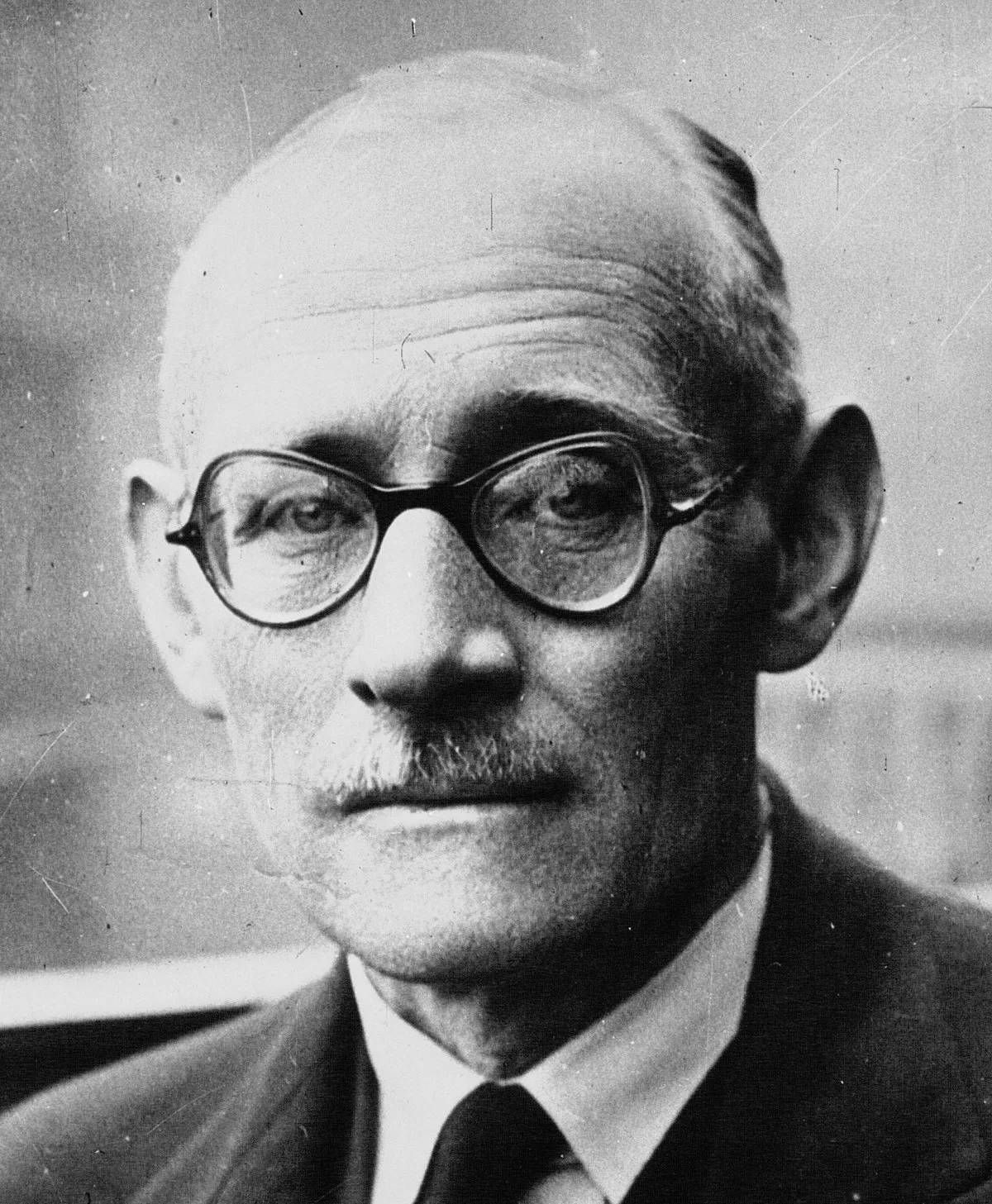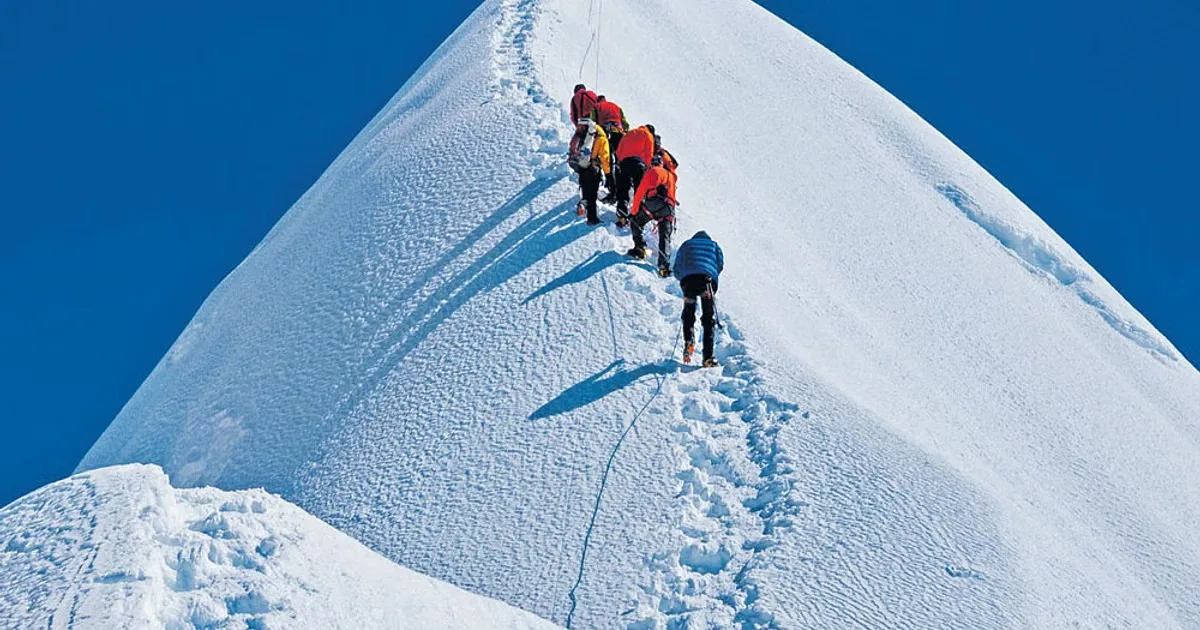-
Table of Contents
Who Climbed Mt. Kailash: A Journey to the Sacred Mountain
Mount Kailash, located in the remote western region of Tibet, is one of the most sacred mountains in the world. It is not only revered by Hindus, Buddhists, Jains, and Bon followers, but also attracts adventurers and mountaineers from around the globe. The allure of this majestic peak lies not only in its physical beauty but also in the spiritual significance it holds for millions of people. In this article, we will explore the individuals who have successfully climbed Mt. Kailash, their motivations, and the challenges they faced along the way.
The Spiritual Significance of Mt. Kailash
Before delving into the climbers who have conquered Mt. Kailash, it is important to understand the spiritual significance this mountain holds. According to Hindu mythology, Mt. Kailash is the abode of Lord Shiva, the destroyer and transformer of the universe. It is believed that a journey around the mountain, known as the Kailash Parikrama or Kora, can cleanse one’s sins and lead to spiritual enlightenment.
Buddhists also consider Mt. Kailash as a sacred site. It is believed to be the dwelling place of Demchok, a wrathful deity associated with the highest form of enlightenment. Buddhists undertake the Kailash Kora as a pilgrimage to gain merit and purify their souls.
Jains, too, hold Mt. Kailash in high regard. They believe that their first Tirthankara, Rishabhdev, attained spiritual liberation on this mountain. For Jains, climbing Mt. Kailash is an act of devotion and a way to connect with their religious roots.
Lastly, followers of the Bon religion, an ancient shamanistic tradition of Tibet, consider Mt. Kailash as the spiritual center of the universe. They believe that the mountain is the axis mundi, connecting the physical and spiritual realms.
The First Recorded Climbers
While Mt. Kailash holds immense spiritual significance, it was not until the early 20th century that climbers began attempting to conquer its summit. The first recorded climbers were a team of British mountaineers led by Hugh Ruttledge in 1926. Their primary objective was to survey the region and explore the possibility of climbing the mountain. However, due to the sacred nature of Mt. Kailash, they decided not to attempt the summit and instead focused on mapping the surrounding areas.
Since then, several mountaineering expeditions have been organized to conquer Mt. Kailash. However, due to the religious beliefs associated with the mountain, very few climbers have actually attempted to reach its summit. The focus has primarily been on the Kailash Kora, a circumambulation of the mountain.
The Challenges Faced by Climbers
Climbing Mt. Kailash is not for the faint-hearted. The mountain’s remote location, extreme weather conditions, and high altitude pose significant challenges to climbers. Additionally, the spiritual significance of the mountain adds another layer of complexity to the journey.
One of the main challenges faced by climbers is the lack of infrastructure in the region. The remote location of Mt. Kailash means that there are limited facilities for climbers, including accommodation and medical services. Climbers must be self-sufficient and well-prepared to tackle the harsh conditions.
The high altitude of Mt. Kailash is another major challenge. The peak stands at an elevation of 6,638 meters (21,778 feet), which can cause altitude sickness and other health issues. Climbers must acclimatize properly and be aware of the symptoms of altitude sickness to ensure their safety.
Furthermore, the weather conditions on Mt. Kailash can be extremely unpredictable. The mountain is known for its strong winds, heavy snowfall, and sudden changes in temperature. Climbers must be prepared for these conditions and have the necessary equipment to withstand them.
Lastly, the spiritual significance of Mt. Kailash adds a unique challenge to the journey. Climbers must respect the religious beliefs associated with the mountain and follow certain rituals and customs. For example, it is customary to walk in a clockwise direction during the Kailash Kora. Climbers must also be mindful of the sacred sites and avoid causing any harm or disturbance.
Notable Climbers and Their Motivations
While climbing Mt. Kailash is a challenging endeavor, there have been individuals who have successfully completed the journey. These climbers come from diverse backgrounds and have different motivations for undertaking this spiritual and physical feat.
1. Reinhold Messner
Reinhold Messner, a renowned Italian mountaineer, is one of the few climbers who have reached the summit of Mt. Kailash. Messner is known for his numerous mountaineering achievements, including being the first person to climb all fourteen peaks above 8,000 meters (26,000 feet). His motivation for climbing Mt. Kailash was driven by a desire to explore the spiritual significance of the mountain and experience its unique energy.
2. Ian Baker
Ian Baker, a British writer and explorer, is another notable climber who has successfully completed the Kailash Kora. Baker’s motivation for undertaking the journey was rooted in his fascination with the spiritual traditions of Tibet and his desire to understand the cultural and religious significance of Mt. Kailash. His experiences during the pilgrimage led him to write the critically acclaimed book “The Heart of the World: A Journey to the Last Secret Place.”
3. Anshu Jamsenpa
Anshu Jamsenpa, an Indian mountaineer, holds the record for being the first woman to summit Mt. Everest twice in five days. She also successfully completed the Kailash Kora, becoming one of the few women to undertake this challenging pilgrimage. Jamsenpa’s motivation for climbing Mt. Kailash was deeply rooted in her spiritual beliefs and her desire to connect with the divine.
The Impact of Climbing Mt. Kailash
While climbing Mt. Kailash is a personal journey for many, it also has a broader impact on the local communities and the environment. The influx of climbers and pilgrims has led to an increase in tourism in the region, providing economic opportunities for the local population. However, it has also put a strain on the fragile ecosystem of the mountain, leading to concerns about environmental degradation.
Additionally, the spiritual significance of Mt. Kailash has made it a subject of debate and controversy. Some argue that the commercialization of the mountain and the increasing number of climbers and tourists have diluted its sacredness. Others believe that the exposure to different cultures and beliefs can foster understanding and promote religious harmony.
Conclusion
Mt. Kailash is not just a mountain; it is considered one of the holiest places on earth. Revered by Hindus, Buddhists, Jains, and Bon, this majestic peak is believed to be the spiritual center of the universe, the abode of Lord Shiva in Hinduism and a site of deep spiritual significance for other faiths. Its towering presence inspires awe and reverence, drawing thousands of pilgrims each year, yet no one has ever successfully climbed to its summit.
Those who have attempted to ascend Mt. Kailash have often reported mysterious experiences—time distortion, strange phenomena, and intense spiritual visions. Some climbers claim to have aged prematurely after their attempt, while others describe feeling an overpowering force that turned them back before they could advance further. Locals and religious leaders believe that the mountain is guarded by divine forces, protecting its sanctity from human interference.
Climbing Mt. Kailash is not simply a physical endeavor; it is a violation of its sacredness. To many, attempting to conquer this holy peak is an act of profound disrespect. The mountain is revered as a spiritual sanctuary, a place meant to be honored from afar rather than conquered. Given the religious significance and the inexplicable experiences climbers have encountered, it is clear why Mt. Kailash should remain untouched. Its purpose is to serve as a symbol of divinity, not a goal for mountaineers.
📌 FAQ
Q: Is any human climbed Mount Kailash?
A: No, Mount Kailash has never been climbed. Both religious beliefs and harsh environmental conditions have kept climbers away. Local traditions consider it sacred, and governments enforce restrictions.
Q: What did NASA find on Mount Kailash?
A: NASA has not officially discovered anything unusual on Mount Kailash. Many claims online are myths or unverified stories. Scientifically, the mountain is a unique geological formation in the Himalayas.
Q: What is inside Mount Kailash?
A: There is no scientific proof of anything inside Mount Kailash. Hindu and Buddhist traditions describe it as the cosmic axis or spiritual center of the universe, but geologically it’s a large rock formation.
Q: Is Lord Shiva still on Mount Kailash?
A: According to Hindu belief, Mount Kailash is the abode of Lord Shiva and Goddess Parvati. Spiritually, it is seen as their eternal residence, but this is a matter of faith, not physical presence.
Q: Why did China ban climbing Kailash?
A: China has banned climbing Mount Kailash out of respect for its religious significance to Hindus, Buddhists, Jains, and Bon practitioners. It also preserves the mountain’s sanctity.
Q: Did NASA see Lord Shiva?
A: No, NASA has never reported seeing Lord Shiva. Such claims are myths spread online. Lord Shiva’s presence at Kailash is based on faith, not scientific observation.
Q: Can a helicopter fly over Mount Kailash?
A: Helicopters cannot fly directly over Mount Kailash due to high altitude, strong winds, and strict government restrictions. Pilgrims usually trek or take road routes instead.
Q: Who lives around Mount Kailash?
A: Tibetan nomads, local villagers, and Buddhist monks live in the surrounding regions. The area is remote, with monasteries and small settlements.
Q: Where is Lord Shiva now?
A: In Hinduism, Lord Shiva is believed to reside eternally on Mount Kailash while also being present everywhere as the Supreme Being. His presence is spiritual, not physical.
Also Read
why is mt. Kailash Considered to be a Sacred Site?
What is the best way to go to Kailash Mansarovar?
Why Mount Kailash is still unclimbed?
Mystical Prediction of the Day
👉Cymatics: From 2D Sand Patterns to 3D Sound Sculptures
👉 Hz Frequency Generator- Free Online Tone Generator
👉 What Frequencies Are Dangerous to Humans? Understanding Risks from Sound to Radiation
👉How to do a Cymatic Experiment
👉What is the science behind cymatics?
👉 NASA-Approved 30-Min Brain Boost
👉 What Is The Healing Power Of Sound Wave
👉 What does 528 hz do to the brain?
👉 The 7 Healing Frequencies: Unlocking the Power of Sound for Wellness
👉 The Sacred Science of Yantras: How Cymatics Validates Ancient Tantric Geometry
👉 Is 1111 a Lucky Number? A Deep Dive into Its Mystical, Numerological, and Cultural Significance
👉 Is 528 Hz Dangerous?
People Also Read
- 2030 A Doomsday According to Indian Texts or Misinterpretation?
- The Glory of Narasimha Bhagwan: An Exploration of Ancient Indian History
- Medusa and Mansa Devi: The Untold Myths Connecting Greek and Hindu Traditions
- “The Enigmatic Link Between the Bermuda Triangle and Hindu Mythology of Ramayan: Unveiling the Mystery”
- why is mt. Kailash Considered to be a Sacred Site?
- How Eastern Wisdom Can Transform Your Modern Life.
- Lord Shani and Lord Yam : God of Karma for Living and Death
- In which direction Ganesh Idol should face.
- What is the logic for existence of God?
- Who Is Mahadev Shiv ?
- How to increase love for Krishna?
- Hanuman Chalisa English Lyrics| Bhajle Ram Naam | Prashyant Jha
Free AI Tools To test yourself
- Love Percentage Checker Tool – Check For Free!
- Soulmates Initial Finder
- Hz Frequency Generator- Free Online Tone Generator
- Mental Health Check In Tool [ FREE TEST ]
- Best Free Phone Photos Download
- Image Converter (Online & Free)
Seotoolrank.com Free Ai Tools
- RankVortex – Implies pulling traffic and SEO rankings toward you.
- How do I convert a PNG file to BMP?
- ConvertEase PDF
- Website Speed Checker Tool
- SEO Word Counter with Character Count
- Free Stopwatch and Online Timer Countdown
- Age Calculator Tool
- Password Generator Tool
- Qr Code Generator Free
- AI Story Generator Tool
- Blog Title Generator Tool [FREE]










